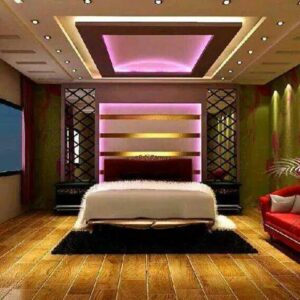When it comes to designing your home or office space, finding the right interior designer is crucial. They can help transform your vision into a reality, creating a space that is both functional and aesthetically pleasing. To begin your search, it’s important to explore local interior designers in your area. Here are some tips on how to find the right professional:
1. Utilize Online Platforms
Start your search by utilizing online platforms that connect homeowners and businesses with interior designers. Websites like Houzz, Pinterest, and Instagram are great resources for finding design inspiration and discovering local professionals. These platforms often have directories that allow you to filter your search based on location, style, and budget.
2. Check Business Directories
Another useful tool for finding local interior designers is to check business directories. Websites like Yellow Pages, Yelp, and Google My Business provide comprehensive listings of professionals in your area. These directories often include contact information, website links, and customer reviews, making it easier for you to assess their suitability for your project.
3. Browse Social Media
Social media platforms, such as Facebook and Instagram, have become popular channels for interior designers to showcase their work. Take advantage of these platforms by searching for local interior designers and browsing through their portfolios. Pay close attention to their style, as well as the quality and diversity of their projects. This will give you a sense of their expertise and whether their design approach aligns with your vision.
4. Evaluate Portfolios
When researching interior designers, it’s important to evaluate their portfolios. A portfolio showcases their previous projects and gives you a glimpse into their design style and capabilities. Look for projects that resonate with your own style and preferences. Pay attention to the use of colors, materials, and overall composition. A well-curated portfolio will demonstrate the designer’s ability to create cohesive and visually appealing spaces.
5. Read Reviews and Testimonials
Reading reviews and testimonials from previous clients can provide valuable insights into an interior designer’s professionalism and the satisfaction of their clients. Look for testimonials that specifically mention the designer’s communication skills, ability to meet deadlines, and overall project management. Positive reviews and recommendations can give you confidence in their abilities and help you make an informed decision.
By following these tips and conducting thorough local research, you can find the right interior designer for your project. Remember to take your time, compare multiple professionals, and trust your instincts. A well-chosen interior designer can bring your vision to life and create a space that reflects your unique style and personality.


